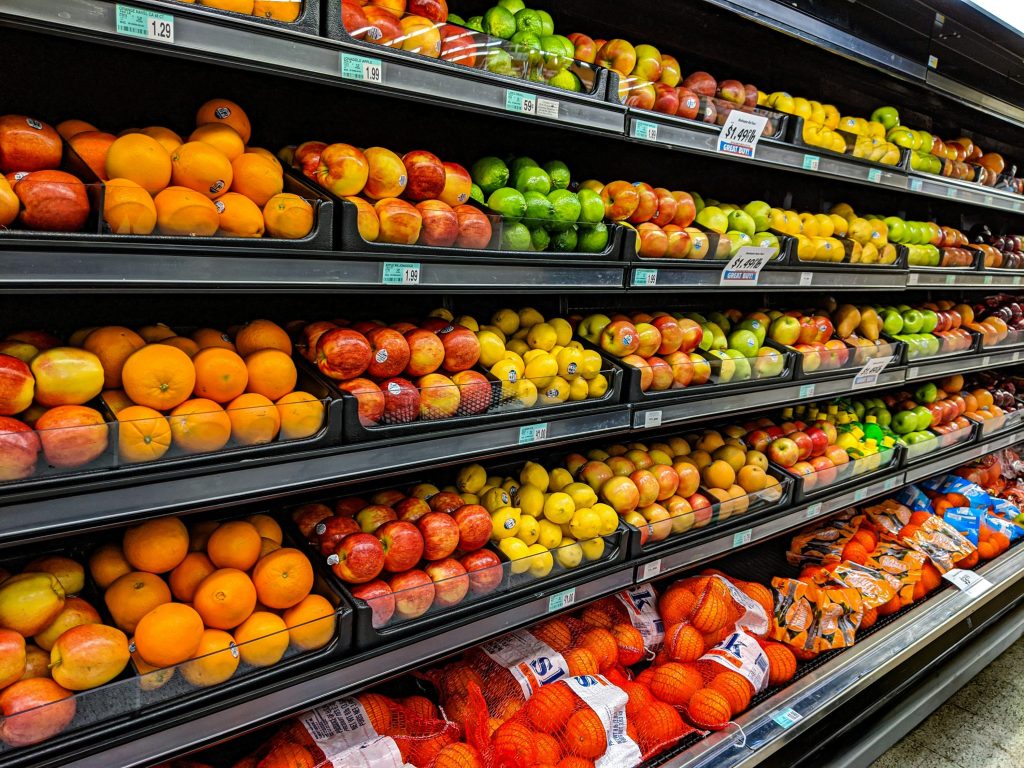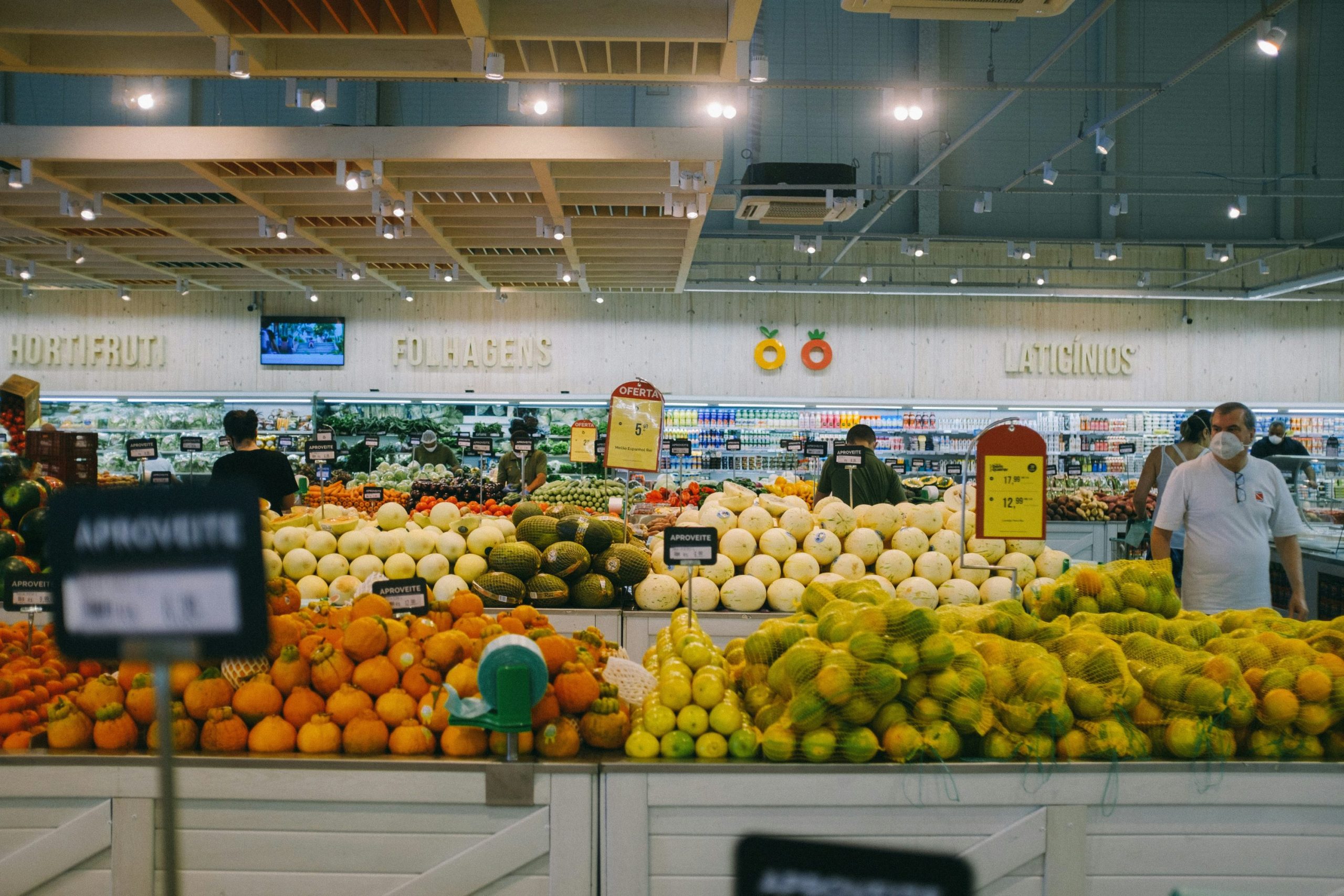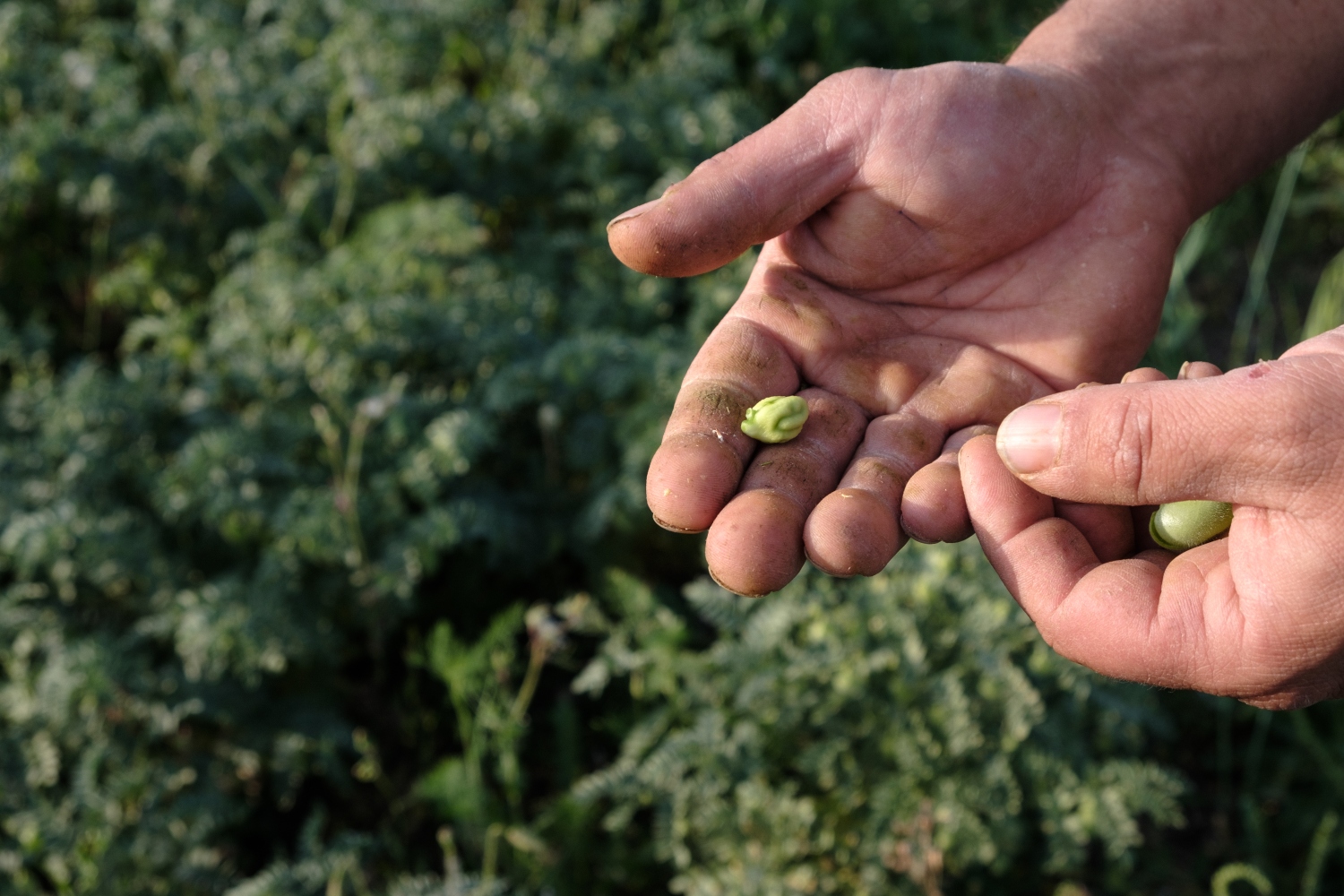When we shop for food, we often think in terms of bargains. Lower prices seem like a win (for our wallets, at least). But this illusion of “cheap” food comes at a high cost. We spoke about this on our podcast episode featuring Pietro Galliani from the Impact Institute and True Price, the food system is riddled with hidden costs that most consumers never see, but all of us ultimately pay.
Welcome to the world of True Cost Accounting, where numbers tell a much deeper—and sometimes uncomfortable—story.
What are the hidden costs of food?
The price at the supermarket doesn’t reflect the full journey of our food, nor its impact on the environment, human health, and social well-being. These are what economists call externalities—costs that are real but not included in the market price.
As Pietro puts it: “All these aspects can be seen as hidden costs that someone else is paying. Some costs are ones that we already pay, like cleaning water from fertiliser residues. Some, our children will pay, like climate change. Others are paid by people working in the supply chain who live below a decent standard of living.”
According to the United Nations, the global food system generates nearly $19.8 trillion in hidden costs every year—that’s more than double the $9 trillion spent on food itself. These include:
- $7 trillion in environmental costs
- $11 trillion in health-related costs
- $1 trillion in productivity and inequality-related costs
Making the invisible visible: The role of True Pricing
True Cost Accounting (TCA) is a tool developed to reveal and eventually reduce these hidden costs.
Pietro explains: “The true price is the sum of the normal price we pay, plus the hidden environmental and social costs. But our goal is not to make people pay more. It’s to make these costs visible so we can reduce them.”
For example, a kilo of bananas may cost €1.50 at the store, but its “true price” could be €2.00 or more when you include water use, land degradation, and unfair labour practices. A 2023 pilot in Germany by PENNY supermarkets displayed these true prices, showing that cheese priced at €2.49 had a true cost of €4.84, and apples priced at €1.99 had a true cost of €3.69.

Who pays the gap—and who should?
True Price’s methodology is not about guilt—it’s about awareness and transformation. It proposes a three-step vision:
- Make hidden costs visible—so consumers and companies can make informed decisions.
- Foster voluntary actions—such as consumers choosing to pay the true price or companies investing in impact reduction, and, therefore, reducing that true price gap.
- Systemic change—so the good practices become the norm and the market rules reward, rather than penalise, these practices by making positive impact products more accessible.
But during our conversation with Pietro, we were curious about “How do we ensure this extra money actually goes to where it needs to go? Not just another marketing campaign?”
The answer lies in commitment and accountability. Pietro highlights that the most successful initiatives work through multi-year programs, transparent tracking of fund allocation, and direct collaboration across the supply chain—from supermarkets to banana cooperatives in the Dominican Republic and Peru.
A fairer food system: Rethinking value distribution
True pricing also challenges us to rethink how value is shared across the food system. In many cases, farmers receive the smallest share of the final retail price, despite carrying the greatest risk and doing the most essential work.
Initiatives like “C’est qui le Patron ?!” give consumers full visibility and a participatory role in how much farmers should earn and how food should be produced. Transparency here is key—not only in how much we pay, but in who gets paid what. On the moment of purchasing, we are given the information on how much the farmer receives of the total price.
At CrowdFarming, we believe in this principle. Direct sales not only ensure farmers receive a fairer share, but also reconnect people with the origin of their food, the realities of agriculture, and the costs involved in getting food from the field to your table.
The limits of True Pricing: Do we just add costs?
While True Price brings essential clarity, there’s a larger systemic question we must ask: Should we simply add these hidden costs on top of an already opaque and uneven price structure?
As discussed in the podcast: “We take the market price for granted, and then we look at what’s going wrong on top of it… but we don’t look at who is profiting and how the value is distributed.”
In an ideal world, we wouldn’t just add hidden costs on top—we’d look into the breakdown of the existing price and make structural changes. Why should consumers shoulder the burden while powerful actors in the food system maintain their profit margins? Transparency must include value distribution, not just externality accounting.





Comments
Please note that we will only respond to comments related to this blog post.